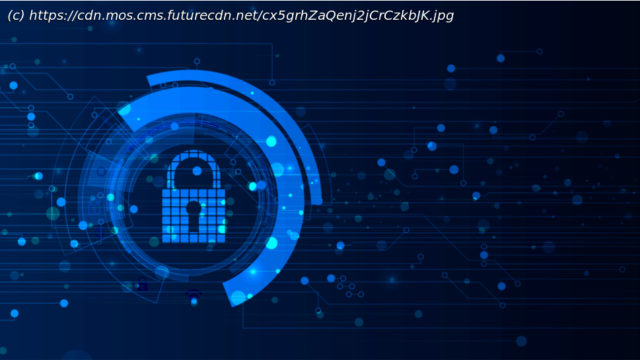Understanding the difference between DLP and DSMP for providing specific data security needs
It’s no surprise that with all the data breaches happening far too frequently, new data security tools and privacy regulations have followed closely behind.
But how familiar are you with the data security tools and solutions that address these challenges? For instance, many people have heard of data security posture management (DSPM), data loss prevention (DLP), and data privacy.
However, it’s important to understand their similarities, differences, and how they intersect as organizations assess their specific data security needs.
When working with these technologies, organizations require an integrated, AI-aware approach to protect sensitive data, enforce policies, and ensure compliance with privacy regulations.A Quick Overview
It’s essential to have at least a basic understanding of these data security pillars:
Data security posture management DSPM is responsible for evaluating and managing an organization’s data security posture. Its main benefit is knowing where sensitive data is stored, who can access it, and making sure it’s used appropriately.
The integration of AI and Machine Learning into DSPM has enhanced its capabilities, providing predictive analytics and advanced data security strategies.
Data loss prevention DLP is crucial for protecting sensitive data from leakage and unauthorized access. DLP helps prevent data breaches and maintains compliance with regulatory standards.
DLP tools can identify, classify, and safeguard sensitive information across increasingly complex cloud storage environments.
Data privacy – Although the idea of data privacy seems straightforward, staying updated on it becomes increasingly difficult. With regulations like GDPR and CCPA, organizations must ensure transparency and safeguard personal data.
The costs of non-compliance are high; therefore, effective discovery and protection of sensitive data are vital for conducting business.DSPM, DLP, and Data Privacy Convergence
DSPM, DLP, and data privacy work together to deliver comprehensive data protection in a layered and nuanced manner.
Their convergence goes beyond simply combining different technologies; it forms a unified strategy that leverages the strengths of each to enhance overall data security and compliance. Key benefits of converging these data security pillars include:
Enhanced security – DSPM’s ability to identify and assess data risks is strengthened by DLP’s capacity to prevent data breaches. For instance, if DSPM detects sensitive data that poses a high risk due to its accessibility, DLP can instantly apply policies to limit unauthorized access or sharing.
While DSPM evaluates how data is stored and accessed to ensure compliance with privacy standards, DLP enforces rules to prevent data from being shared or accessed by unauthorized individuals.






